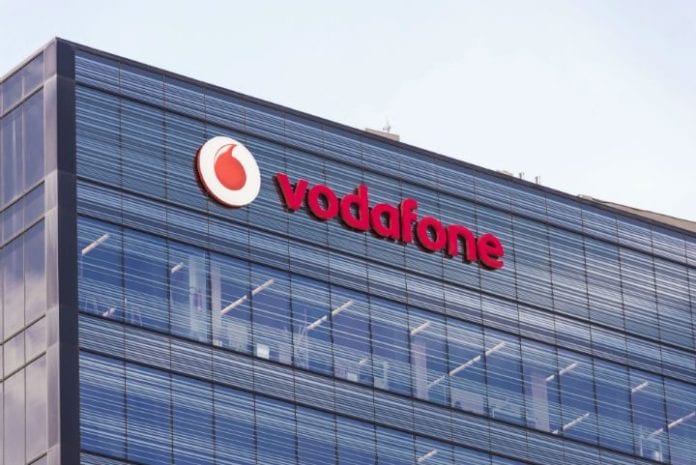The 5G call used an end-to-end test network in Spain
U.K.-based telecom group Vodafone and Huawei have announced the completion of what the companies claim to be the world’s first call using the non-standalone (NSA) 3GPP 5G new radio (NR) standard and
sub-6 GHz spectrum.
The two companies said that the 5G test took place in Spain, where Vodafone operates through a
subsidiary. 3GPP had agreed the non-standalone global standard for 5G as part of its Release 15 in December 2017.
In the test, a dual connectivity 4G to 5G live data call was completed using a test device. The
connection started on 4G and then established the data connection on 5G. The partners said that
engineers from both firms have also successfully tested a live HD video call using the same route.
A 5G NR end-to-end test network was built to support the trial and used 3.7 GHz spectrum.
Huawei provided a radio access network (RAN) and core network equipment was also deployed to
support the test with micro-service centric architecture, control plane/user plane separation, unified
access and network slicing technology, the two companies said.
“This is a significant milestone for Vodafone towards the introduction of 5G. This successful test will
enable us to move forward with further trials of 5G across Europe during 2018,” said Santiago
Tenorio, Vodafone’s group head of networks strategy and architecture, said:
Meanwhile, Yang Chaobin, president of Huawei’s 5G product line, said that the test shows the
maturity of 5G based on the 3GPP standard. The Chinese equipment provider will continue its
collaboration with Vodafone with the aim of launching commercial trials, he added.
Earlier this week, Vodafone and Huawei Vodafone have completed tests demonstrating how
traditional IP microwave links could be used as backhaul for future 5G networks. The trial tested
both the capacity and latency that could be achieved using a traditional IP microwave link.
The tests showed that it is possible to deliver up to 2.7 Gbps capacity from a single IP microwave
link, aggregating 2×112 MHz channels in a single vertical or horizontal polarisation.
Huawei is also working with Vodafone in Italy, where the two have previously announced the
completion of a technique to improve the range of high frequency spectrum as part of their pre-
standard 5G trials in Milan.
Huawei and Vodafone Italy revealed they had reached download speeds of 2.7 Gbps and a latency
of just over a millisecond in the first live end-to- end 5G data connection in Italy. Italy’s Ministry for
Economic Development has made frequencies available to Vodafone so that it can trial pre-
standard 5G in Milan. An end-to-end test network has been built for that purpose.
The two companies have completed the verification of the uplink and downlink decoupling solution
based on the end-to- end 5G network, including RAN, core network and terminals.
In December 2017, Vodafone had officially launched its project to test 5G technologies via the 3.6-
3.8 GHz band in the city of Milan, in Italy. Vodafone Italy’s CEO Aldo Bisio said Vodafone will be
working with a total of 28 partners on the project, which is budgeted at 90 million euros ($106
million).

